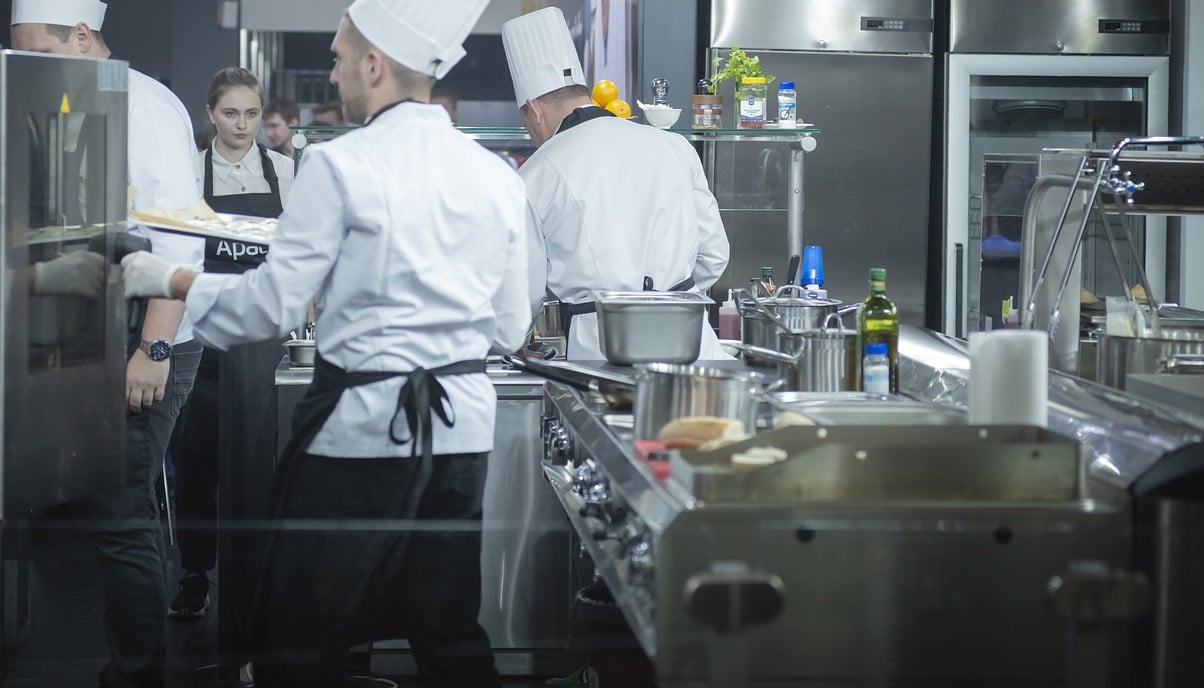
Demand control kitchen ventilation systems (DCKV) like Melink’s Intelli-Hood® can be retrofit into nearly any existing kitchen exhaust hood. Intelli-Hood® is UL listed for any manufacturer’s hood, so no matter when your kitchen was built or what type of kitchen hood you have, it’s nearly certain that our DCKV system can be retrofitted into it.
What do you need to know about DCKV retrofitting? Is there anything you need to do to prepare for the installation? Find the most important information you need to know about getting a DCKV system retrofit into your existing commercial kitchen hoods.
Make Sure Your Ventilation System is in Good Working Order
A DCKV system is only as effective as the ventilation system it controls. DCKV determines when exhaust fans vent air out of a cooking space, not how well they do it. If you have underlying issues with your exhaust fan or the balance/general operation of your building’s ventilation system, those will need to be resolved before the DCKV system is retrofitted.
Melink provides comprehensive testing, adjusting, and balancing (TAB) of ventilation systems as well as HVAC monitoring for your building. We can help determine if your system is ready for a DCKV retrofit and assist in ironing out any issues before installation.
Some issues that can impact the effectiveness of DCKV retrofits include:
- Imbalanced HVAC systems
- Kitchen hoods that do not effectively capture smoke and effluent
- Issues heating or cooling your makeup air
- Low total exhaust air flow rates from kitchen hoods
- Excessive noise coming from kitchen exhaust hoods
Prepare for Potential Closure
One unavoidable fact about DCKV retrofitting is the inevitable closure of your commercial kitchen. Outfitting an existing system with a DCKV system can take multiple days, depending on the size and complexity of the installation. Careful planning is required to limit the impact on your sales and day-to-day operations. Installations can be done during off hours, if your facility is closed on weekends. Otherwise, you will need to work the installation into your business schedule. If you operate a restaurant, it may be necessary to close completely. If your commercial kitchen is a part of a larger facility (e.g. an office building, university, etc.), you should be able to keep the facility open while the work is completed on the kitchen hoods.
Do not fret about potential closures and lost business, installing a DCKV system is well worth the money. The savings achieved over the life of the system will not only more than pay for the system itself, they will also cover the loss in business and then some. Installing a DCKV system in your commercial kitchen will immediately create a positive cash-flow for your business. Among their many other benefits.
